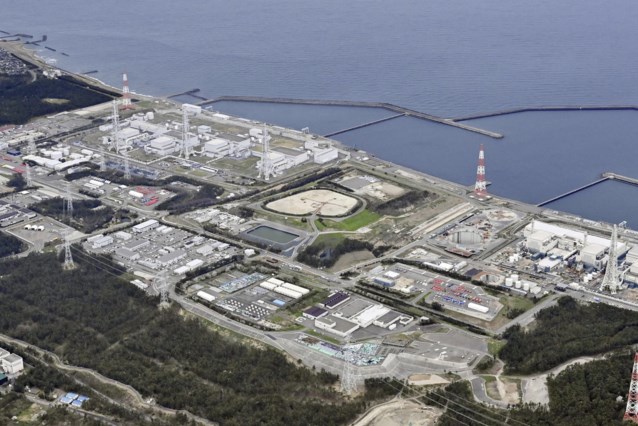
In the wake of the Fukushima Daiichi nuclear disaster in 2011, which resulted in significant damage to the plant, Tepco has recently discovered evidence of corrosion on the inner walls of tanks used to store treated radioactive water. The company has confirmed this finding, although they maintain that the structural integrity of the tanks is not compromised. However, some older tanks installed over a decade ago have begun to show signs of wear and tear, prompting concerns about their longevity.
Tepco has announced plans to continue inspecting all tanks on-site to ensure that they remain safe and secure. The decommissioning process of the plant is expected to take several decades, and there are still many challenges that need to be addressed before it can be completed.
In August 2023, Tepco began releasing treated wastewater into the sea despite opposition from local fishermen and China. According to Tepco and the IAEA, all radioactive elements except for tritium have been removed from the water. However, tritium remains present in negligible amounts and is considered harmless by these authorities.
During a routine inspection in March 2023, corroded tanks with peeling paint were discovered after being emptied of treated radioactive water. Investigations revealed that the corrosion did not affect the tanks’ structure or compromise their integrity. Tepco has assured the IAEA that there is no risk of water leakage from these tanks.
Annual inspections of tanks containing treated water are carried out using underwater robots since it is impossible to inspect their interiors manually. These inspections are critical in detecting any abnormalities or potential problems with these tanks before they become severe enough to cause leaks or other safety hazards.
In conclusion, while there have been some concerns about corrosion on some older tanks at Fukushima Daiichi nuclear power plant, Tepco has assured that there is no risk to public safety or environmental protection. The company continues to work closely with regulatory authorities and other stakeholders to ensure a safe and effective decommissioning process for this important facility.






